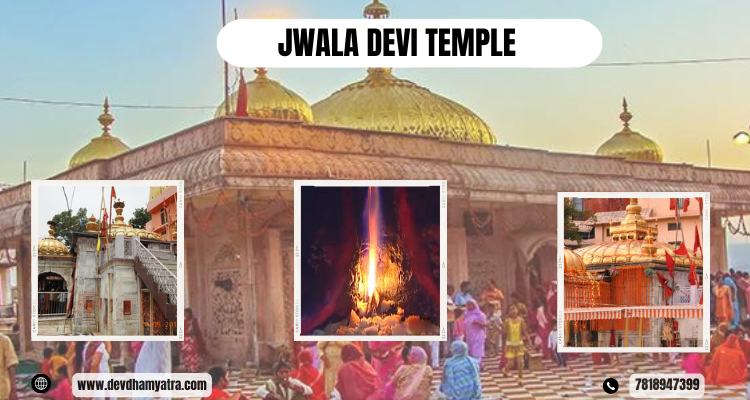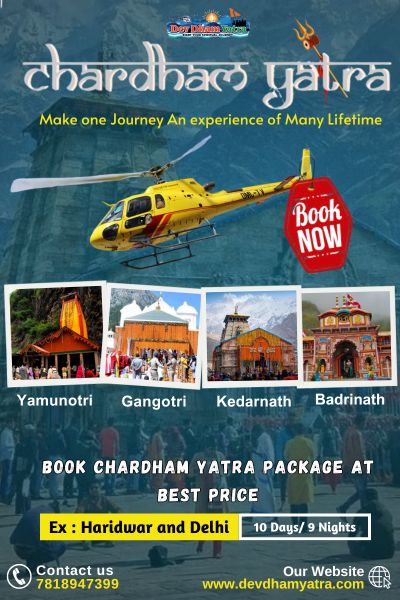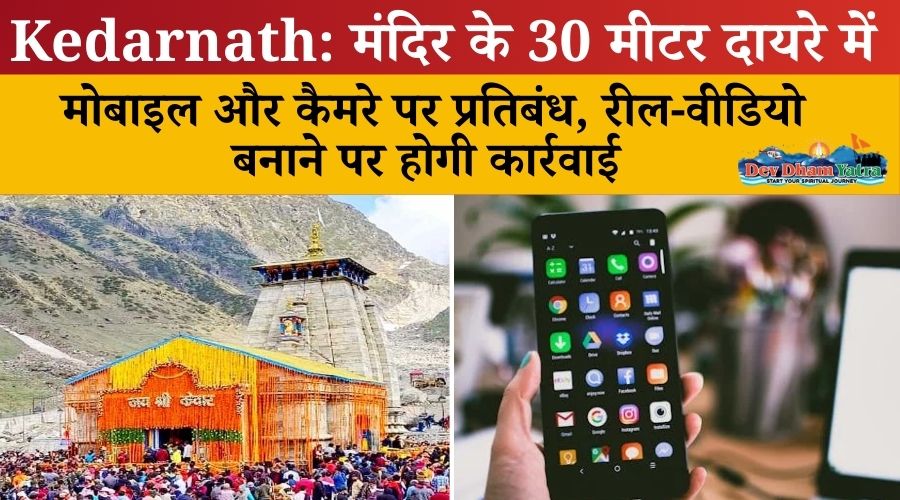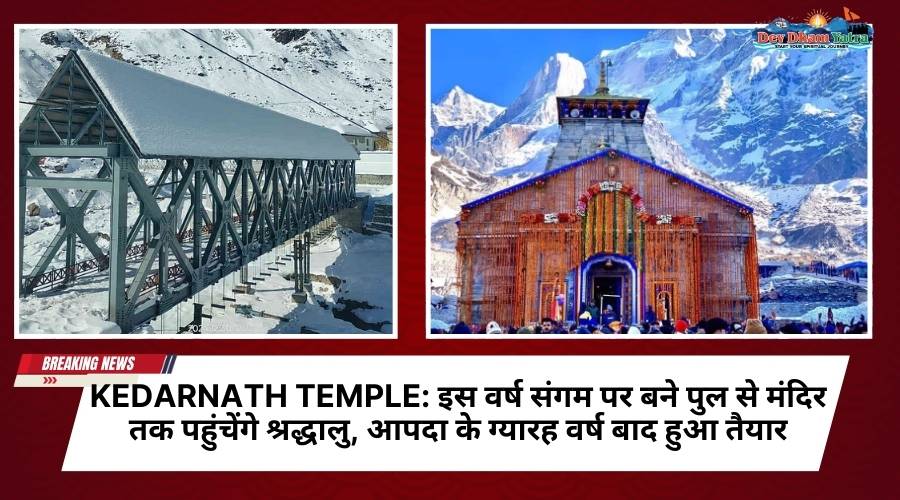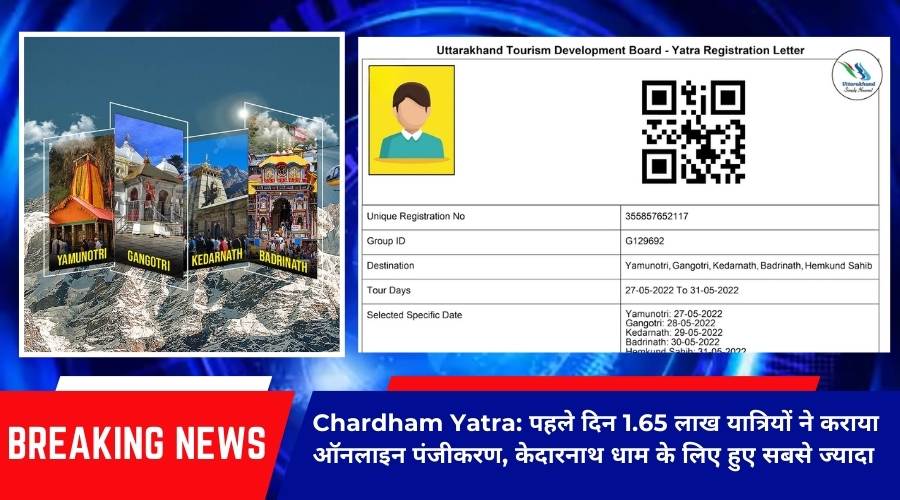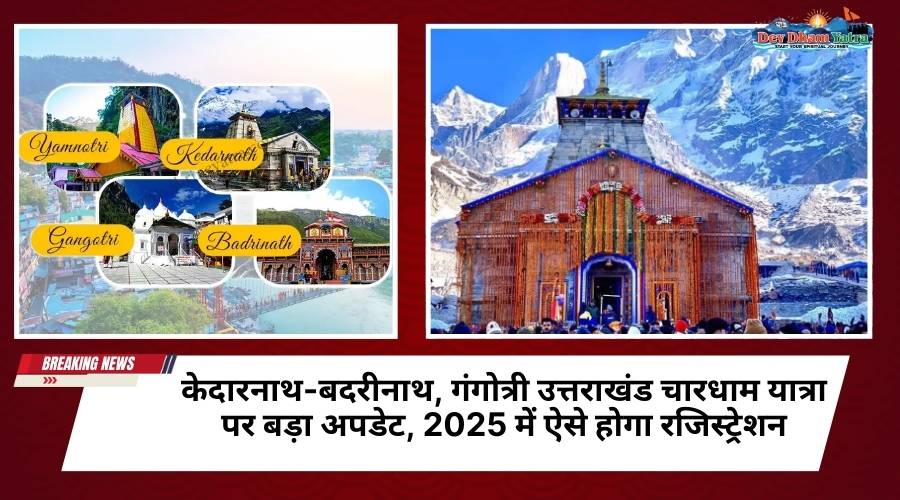Introduction of Jwala Devi Temple
Goddess Jwala, sometimes called “the Flaming Goddess,” is the main focus of the Jwala Devi Temple in Himachal Pradesh. The temple, which is situated on top of a hill in the Kangra Valley, attracts devotees from all over the world in search of comfort, blessings, and enlightenment. The temple is well known for its eternal flame, which constantly burns without any evident source of fuel, symbolizing the goddess’ everlasting strength and presence.
History of Jwala Devi Temple:
Legends from the past describe a time when demons ruled the Himalayan mountains and harassed the gods. The gods made the decision to eliminate them under the direction of Lord Vishnu. Huge flames emerged from the earth as they focused their energies. A little child was born from that fire. She is known as Adishakti, the original “Shakti”. She was raised in Prajapati Daksha’s home as Sati or Parvati and later evolved into Lord Shiva’s wife. She committed herself when her father disrespected Lord Shiva because she could not deal with it. When Lord Shiva learned of his wife’s passing, his anger knew no boundaries, and while holding Sati’s body, he started pursuing the three worlds.
The other gods begged Lord Vishnu for help as they reeled under his fury. It is believed that a farmer discovered that one of his cows was consistently lacking milk years ago. To determine the reason, he followed the cow. When the girl emerged from the forest and drank the milk, she disappeared in an explosion of light. The cowherd traveled to the monarch and related the tale to him. The story that Sati’s tongue had broken here was known to the king. The king attempted futilely to locate that holy place. The cowherd went back to the monarch a few years later to inform him that he had seen a flame blazing in the mountains. The king discovered the location and saw the holy flame.
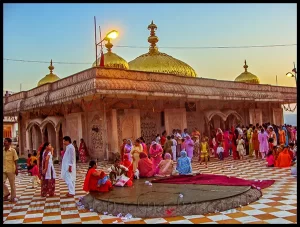

It is said that a farmer discovered that one of his cows was consistently lacking milk years ago. To determine the reason, he followed the cow. When the girl came from the forest and drank the milk, she disappeared in an explosion of light. The cowherd traveled to the monarch and related the tale to him. The story that Sati’s tongue had broken here was known to the king. The king attempted in despair to locate that holy place. The cowherd went back to the monarch a few years later to inform him that he had seen a flame glowing in the mountains. The king discovered the location and saw the holy flame.
How To Reach Jwala Devi Temple:
The Jawala Devi temple is located in the Indian state of Himachal Pradesh’s Kangra district. Due to its location on a national highway, Jawala Devi temple is not only easily accessible but also accessible all year round due to the excellent weather. As a result, everyone can visit the holy site at any time of year.
By Air: The distance from Jwala Devi Temple to the closest airport, Gaggal in HP, is 50 km
- Chandigarh Airport is around 200 kilometers away
- Shimla’s airport is roughly 160 km away
- Kullu Airport has located roughly 250 km from HP.
- National & International Airport is roughly 480 km from the national capital, Delhi
By Train: Jawala Devi Temple road Ranital, which is 20 km from the shrine, is the closest narrow gauge railhead At a distance of 120 km, Pathankot is the closest broad gauge railhead. Chandigarh Railway Station is 200 kilometers away.
By Road: This shrine is accessible via motorable highways from Delhi, Chandigarh, and Dharamshala. You can rent taxis from these locations. This entire region is hilly, and the valley is filled with stunning natural scenery. All major towns in Punjab, Haryana, New Delhi, and J & K have regular state transport bus services. The road network to the shrine is good.
Opening and Closing Time:
In every temple around the nation, aartis are crucial ceremonies. When pujaris worship the goddess, they do five aartis. Early in the morning, at sunrise, midday, in the afternoon, and just before the Goddess goes to sleep, there are five aartis conducted. The Jwala Devi Temple Timings and Aartis are as follows:
- Temple Opening Time:SUMMER – 5 AM
WINTER – 6 AM
- Temple Closing Time:
SUMMER –10 PM
WINTER-9 PM
Architecture of Jwala Devi Temple:
The architectural splendor of the Jwala Devi Temple in Himachal Pradesh is a testament to the rich heritage and craftsmanship of the region. The temple follows the traditional Nagara style of architecture, characterized by its towering shikhara and intricate carvings. The sanctum sanctorum houses the natural flame, which is worshipped as a representation of the goddess. The serene ambiance and panoramic views from the temple premises make it an ideal place for meditation and introspection.
Spiritual Beliefs and Rituals:
The Jwala Devi Temple holds immense spiritual significance for devotees, who believe that seeking the blessings of the goddess can bring protection, prosperity, and liberation from worldly sufferings. The temple is visited by people from different faiths, and it is believed that the divine energy of the goddess transcends religious boundaries. Devotees offer prayers, light oil lamps, and make special offerings to appease the deity and seek her blessings.
Festivals and Celebrations in Jwala Devi Temple
The temple comes alive during various festivals and celebrations, attracting a large number of devotees and tourists. The most prominent festival is Navaratri, a nine-night celebration dedicated to the goddess. During this time, the temple is beautifully adorned, and special cultural performances and religious ceremonies take place. The air is filled with the fragrance of incense and the sound of devotional chants, creating an atmosphere of joy and spirituality.
Natural Surroundings and Scenic Beauty of Jwala Devi Temple
The Jwala Devi Temple is situated in the lap of nature, surrounded by lush green valleys, snow-capped mountains, and cascading waterfalls. The picturesque beauty of the region adds to the spiritual experience, providing a tranquil and serene environment for pilgrims and visitors alike. The temple’s location offers breathtaking views of the surrounding landscape, making it a popular spot for nature lovers and photographers.
Accommodation
To cater to the needs of pilgrims and visitors, several accommodation options are available near the Jwala Devi Temple. These range from budget guesthouses to luxurious hotels, ensuring a comfortable stay for individuals and families. Additionally, the temple complex has facilities like clean restrooms, drinking water, and eateries that serve traditional vegetarian meals, providing a holistic experience for devotees.
Nearby Tourist Attractions
While visiting the Jwala Devi Temple, pilgrims have the opportunity to explore other nearby tourist attractions. One such place is the famous Kangra Fort, a historic monument with a rich past and panoramic views. The Masroor Rock Cut Temples, known for their intricate carvings and ancient architectural marvels, are also worth visiting. These attractions add to the overall experience of spiritual exploration and cultural immersion.
Safety and Guidelines for Visitors
To ensure a safe and peaceful pilgrimage experience, visitors to the Jwala Devi Temple are advised to follow certain guidelines. It is important to dress modestly and respect the sanctity of the temple premises. Additionally, photography may be restricted in certain areas, and it is crucial to be mindful of the environment and maintain cleanliness. Taking necessary precautions while trekking or traveling in the region is also essential for a safe and enjoyable visit.
Conclusion
The Jwala Devi Temple in Himachal Pradesh is a symbol of heavenly power and enlightenment. It draws pilgrims and visitors looking for comfort and blessings from the Flaming Goddess thanks to its rich history, breathtaking architecture, and peaceful environs. All who seek the holy experience have a profound impact on their hearts and thoughts after visiting this precious place.
FAQs
Q1. Is photography allowed inside the Jwala Devi Temple?
A. Photography may be restricted in certain areas of the temple. It is advisable to inquire with the temple authorities before taking photographs.
Q2. Are there any nearby accommodation options for pilgrims visiting the Jwala Devi Temple?
A. Yes, there are several accommodation options available near the temple, ranging from budget guesthouses to luxurious hotels.
Q3. Which festival is the most significant at Jwala Devi Temple?
A. Navaratri, a nine-night celebration dedicated to the goddess, is the most prominent festival at the Jwala Devi Temple.
Q4. Can people of all religions visit the Jwala Devi Temple?
A. Yes, the temple welcomes people of all faiths. The divine energy of the goddess transcends religious boundaries.
If you want to know about Akshardham Temple, visit: Akshardham Temple

